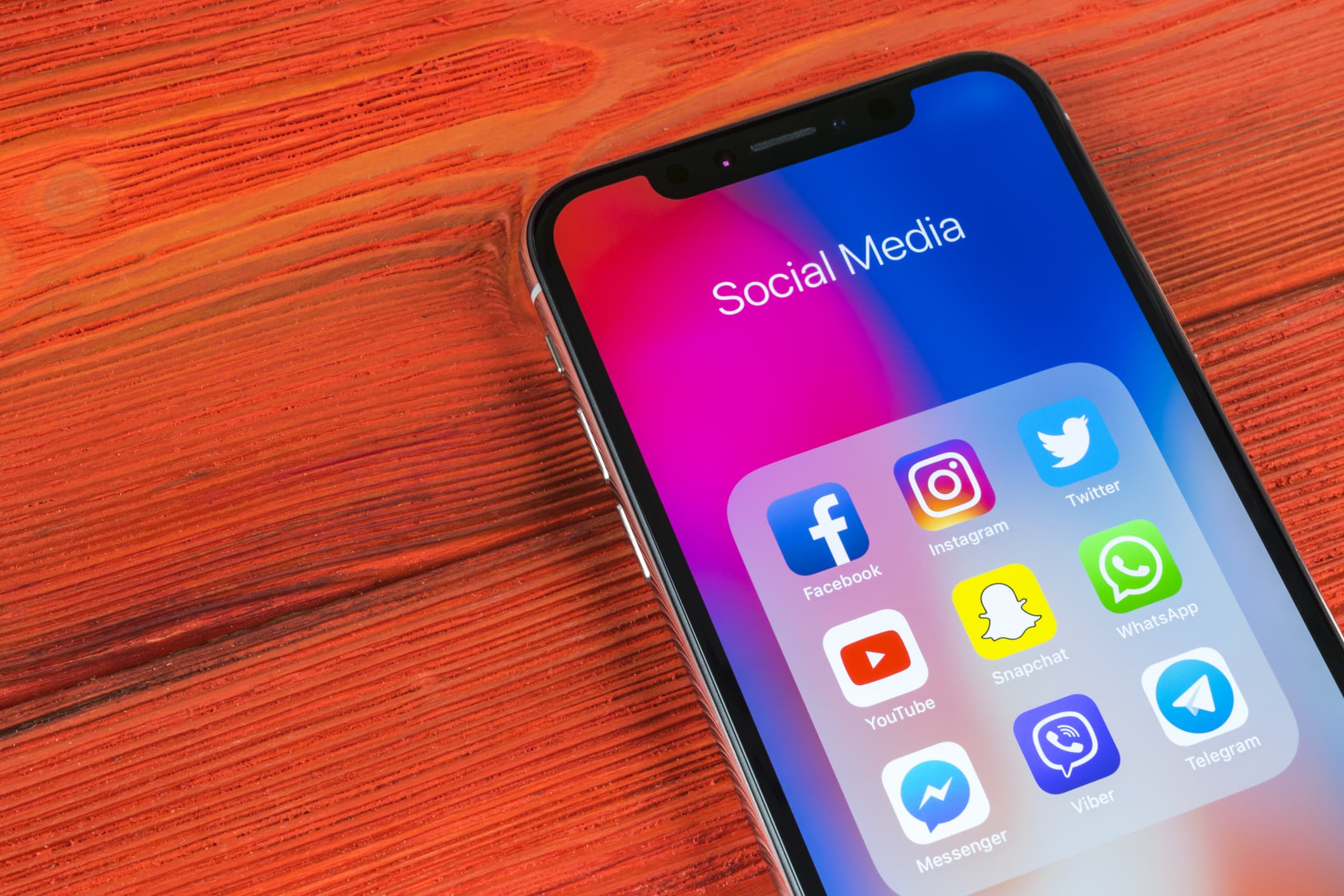The Importance of Anti-Bullying Policies within Social Apps
Social Media and smartphone apps have encouraged us as a society to interact with each other, the majority of the time, online. Whilst this comes with many advantages such as staying connected to distant friends and family, seeking new life opportunities and joining niche communities, inevitably cyberbullying and self-esteem issues have also formed as a direct result. The majority of young teens are often subject to being victims of cyberbullying, acts of online aggression and self-esteem issues. Whilst they are the primary victims, cyberbullying can affect practically anybody that operates online. Therefore, it is important to understand how our main social media platforms (Facebook, Instagram and Twitter) provides support for online aggression on their platforms via their anti-bullying policies.
The Current State of Social Media
For the past 10 years, we’ve seen many social media platforms come and go as they grew once popular but steadily declined into being completely abandoned by both the users and the businesses themselves (MySpace, Blackberry Messenger, KIK, AOL, Messenger just to name a few). In today’s climate of the saturated online market, social media platforms such as Facebook, Instagram and Twitter have grown in size and popularity, and each platform contains features that intend to bring to the forefront the importance of anti-bullying, helping to limit the amount of negativity shown on their platforms. With quick-solution techniques like anonymously flagging inappropriate content or reporting offensive posts, each platform has an intuitive way to help combat online negativity. Understanding how some of them tackles this issue may come in handy if you’re looking to create an app in this type of industry.
Facebook’s Support System
Given the extremely large user base that Facebook has, the platform is well-aware just how positive and negative it can become at times, and this has led to the social media giant offering up to several anti-bullying solutions. The majority of these solutions is known as preventative, which aims to put a severe stop to online bullying before it even happens. Facebook provides parents, children and teachers with valuable resources (including infographics, videos and text) to help them evaluate the different ways that they can identify the signs of cyberbullying, in the hopes to prevent situations escalating.
This is just one of the many methods that the platform uses to provide preventative measures. However, this isn’t the only option that’s available. By providing their users with Reactive Solutions, Facebook also offers valuable solutions to their cyberbullying victims even after they’ve encountered negativity. Facebook will take the user through the process of how to successfully block, report or flag a certain post/person that may have caused them to have a negative experience on the platform, as well as providing 24-hour contact information to escalate the issue if needs be.
Instagram’s Change of Intention
Ever since it’s initial launch in 2010, Instagram has grown in popularity tremendously (almost viewed as surpassing leading platforms like Twitter and Facebook). In 2012, Facebook acknowledged the potential Instagram had in terms of connecting users with photo/video-based content, and they decided to buy the company for $1billion. Prior to the company being bought out, it only really touched the surfaces of the extent Instagram would go to prevent cyberbullying on their platform, with the generic features being an unreliable attempt of a ‘Report’ & ‘Contact Support’ feature as well as simply blocking users. But under Facebook’s purchase, Instagram has managed to embrace more lucrative anti-bullying procedures, such as applying the popular techniques of preventative and reactive solutions. However, it seems as though the platform’s focus on just what it aims to achieve is shifting as it becomes even more aware of the societal and self-esteem issues it has impacted amongst young teens.
Instagram’s primary focus – as a platform – has been the number of likes/comments pictures and video content receives for each user, and whilst this was a lucrative concept at the beginning stages of the app’s lifecycle, it has inevitably had an impact on negativity, self-esteem and behaviour with users operating on the platform. Although it is completely up to the individual on what they post (in line with the company’s guidelines/policies) many people feel pressured to share images that mainly reflects their ‘happy snapshots’ of their lives, which often leads to unnecessary comparisons, unrealistic altering of images and body image/self-esteem issues. Therefore, as of recent, Instagram has begun testing the removal of ‘Comments’ and ‘Likes’ on users profiles with the hopes to make people less pressured about popularity and numbers.
Twitter’s Opinionated World
Twitter is well-known for its ‘Freedom of Speech’ approach when it comes to adding to the array of social platforms, and it’s definitely one of the most popular social tools that provide a platform for almost everyone in the world to voice their own opinions, either good or bad. Unlike the other tools, Twitter prides itself in its pro-freedom of speech stance. The platform encourages and provides the resources to enable the Twitter community to feel comfortable and safe in sharing their opinions online, regardless of how they may be perceived, which in most cases can be offensive. However, the platform fails to make a clear distinction between freedom of speech and cyber-bullying. Twitter does encourage users to ‘Block’ and ‘Report’ offensive tweets, and it does offer resources and guidelines to follow if you feel unfairly treated on the platform. But, with this reactive approach to cyberbullying, it is often unclear as to when the platform will actually action the reports that are being made.
Conclusively
Out of each of the three main social media sites, it seems as though Instagram offers the most amount of resources and help when it comes to dealing and actioning cyberbullying. Instagram makes it very clear that they have resources available to anyone that experiences negativity online. On top of this, they make it clear that they’re willing to completely change focus on what the platform is popular for Likes and Comments on photos in an attempt to better accommodate user’s self-esteem. It will be interesting to see how their shift of intentions will impact the way social media values its importance in society, as well as how it will impact the user’s mental health and ultimately: bullying.
If you have an app idea, Talk To Us today!
Share this
Subscribe To Our Blog
You May Also Like
These Related Stories

Are Mobile Phones Destroying our Generation?

Social Media: Is There Any Room for a Brand New Social App?





